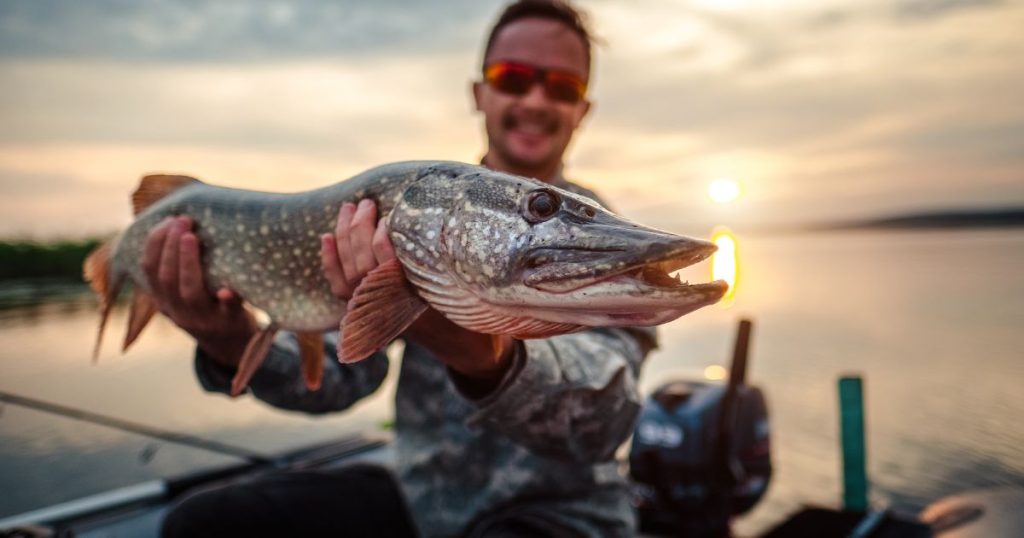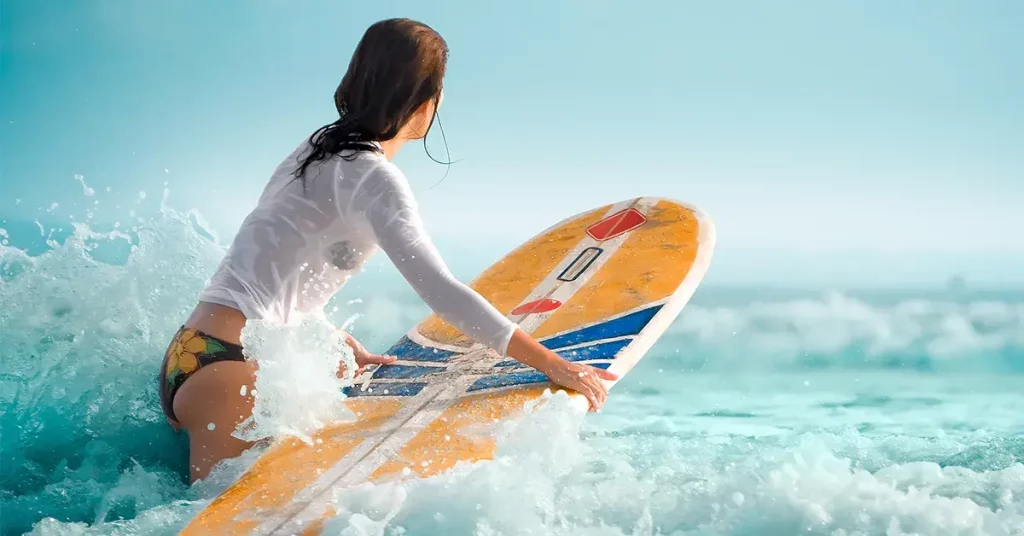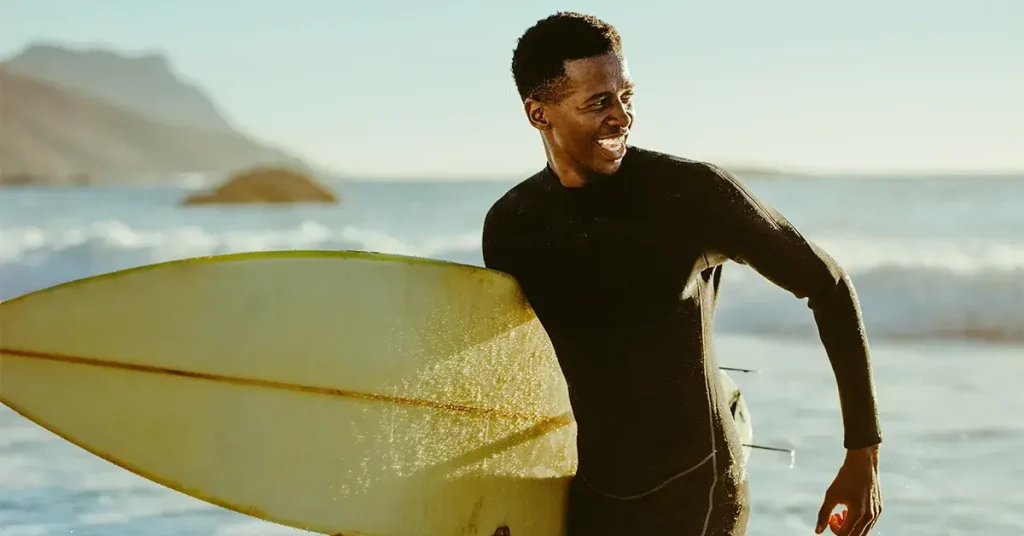If you’re fond of freshwater fishing, there’s no denying you’ll be eyeing pikes. When it comes to a predator weighing over 20 pounds and over three feet long, it pays to train yourself. The last thing you’d expect is to tamper a species vulnerable to poor handling.
Although pikes look physically unbeatable with their power-packed physique and fierce looks, these creatures are fragile, indeed. So, freshwater fishers need to be vigilant enough when they set about catching pikes.
So if you’re wondering how to hold a pike, continue reading! And then check out the best guide on The Coastal Side to make you a better angler.
Why Does Pike Fishing Call for Training?
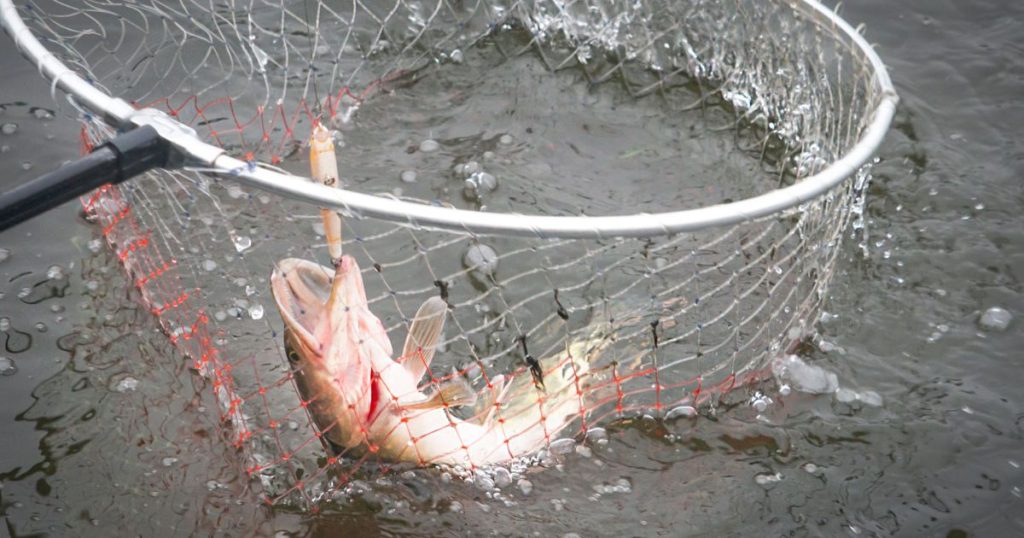
As a predatory species, pikes have sharp, strong teeth. So, knowing how to hold a pike calls for specialized training. Let’s explore how you can safely catch pikes and unhook them without causing any damage.
Pikes are pretty stubborn, so there’s a good chance that amateur anglers mess up the game. Rather than risking yourself or the fish, make sure to learn how to hold a pike properly.
Equipment to Safely Handle Pikes
Some anglers use barbed treble hooks to catch pikes. However, these can get hooked in the gills and you may end up deep-hooking the pike.
Instead, get long-reach pliers to handle the fish safely. Also, keep forceps and cutters handy while catching the fish.
If the fish gets deep hooked, you need to get rid of the barbs without damaging the fish too much. Secure the necessary equipment, so you can easily unhook the fish: when you use trebles, also use your cutters at the right time.
When you catch pike, a good practice is to get a latex or rubber-coated net. With this type of net, the spines or teeth of the fish won’t get entangled or damaged.
How to Safely Handle a Pike
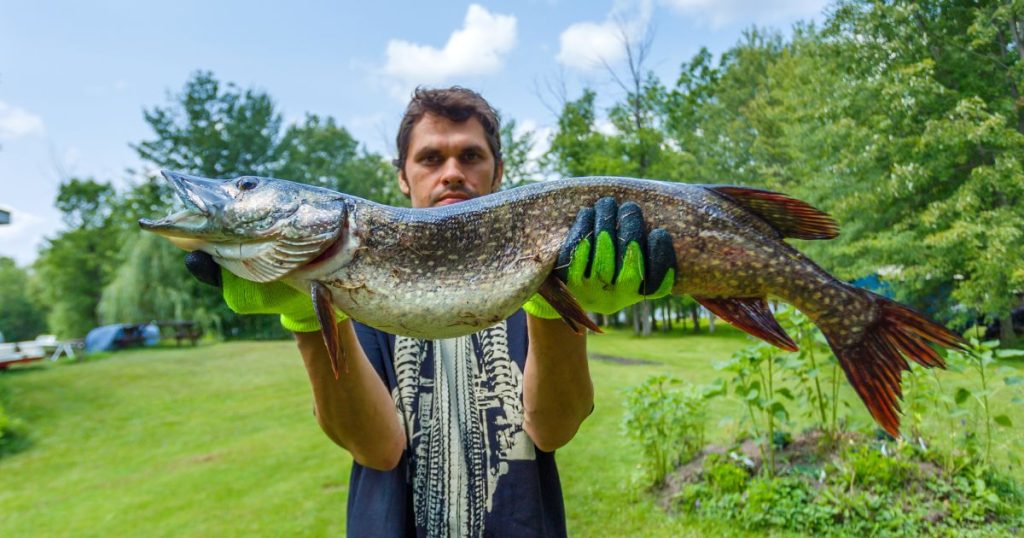
Getting the chin grip is the safest way to hold a pike. With this grip, you’ll gain complete control of the fish. At the same time, your fingers and hands will remain away from its sharp teeth.
Take care of the gill rakers, as these spines over the gills can damage your fingers if the fish thrashes at you. This species is violent and can easily draw blood. With a good chin grip, you can keep the fish from causing any damage.
How to Hold a Pike Safely
Here’s how you can ensure you know how to hold a pike safely:
Stabilize Yourself
If you’ve managed to catch a pike in your net, you need to lift it to the unhooking mat, ensuring it doesn’t act too violently. If your catch is large, put your legs on either side of it and kneel over its body to stabilize yourself. If the fish is small, you can choose a more comfortable position while dealing with it.
Find the Hooks
Look out for the hooks, taking care to avoid them. You can sustain damage from both the sharp teeth of the pike as well as the hooks. You may find the hooks on the sides of the mouth of the fish, in which case you need to grip the fish by its chin on the opposite side of the hooks.
Open the Pike’s Mouth
To open the pike’s mouth to access it using your forceps, you need to find the main gill cover. Amateurs often think they can access it through a smaller gap, but it isn’t wide enough to let your fingers in, so instead, you can locate the main gill a little further down.
Once you find the main gill, slide your fingers under it to push it a bit toward the fish’s mouth. This should form a V-shape.
When you have your fingers tucked into the open area, open its mouth using your hand as a clamp against the side of the fish.
Remove the Hook
Once you’ve opened the mouth of the fish, use a long pair of forceps to remove the hooks. Remember to carry your forceps whenever you are out fishing pikes.
Get help from other anglers while removing the hook, if necessary. However, if no one is nearby, cut the tackle as much as possible. Release the fish after cutting the wire with wire cutters as close as possible to it.
How to Handle a Deep-Hooked Pike
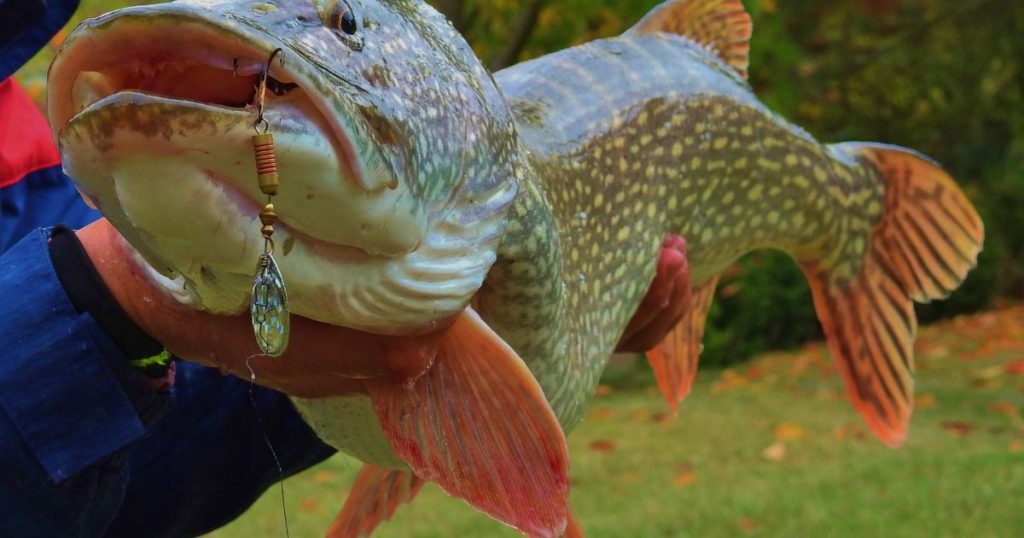
Being an angler, you’re probably familiar with the nightmare that comes with a deep-hooked pike.
Often, you let the pike run with its bait for a prolonged period. In other situations, the pike is quick enough to take the bait if they’re voraciously hungry. Sooner or later, you need to handle this trouble.
Try not to panic – just allow the pike to rest out of the water. Don’t cut the trace as the fish rests: this will make it more challenging to pull the fish if it’s very short. Rather, pull up the stomach of the fish to its throat.
We recommend asking a fellow angler to chin-grip the fish, if it makes the process easier.
With the tension on, the stomach is likely to pull out slowly. This way, you won’t inflict any damage on the fish while you unhook it.
After removing the hooks, hold the fish vertically using the chin grip. Gently shake it, so the stomach settles back to its original position, and then, you can let the fish go.
Conclusion
Before we end this article, here’s a final tip for learning how to hold a pike. If you’re fishing around in the autumn or spring when the water remains warm, make sure to strike quickly enough. Experts don’t advise fishing pikes using dead baits during this time.
Hopefully, you have found this article on The Coastal Side beneficial. Explore other informative guides on this website to fine-tune your angling skills!

